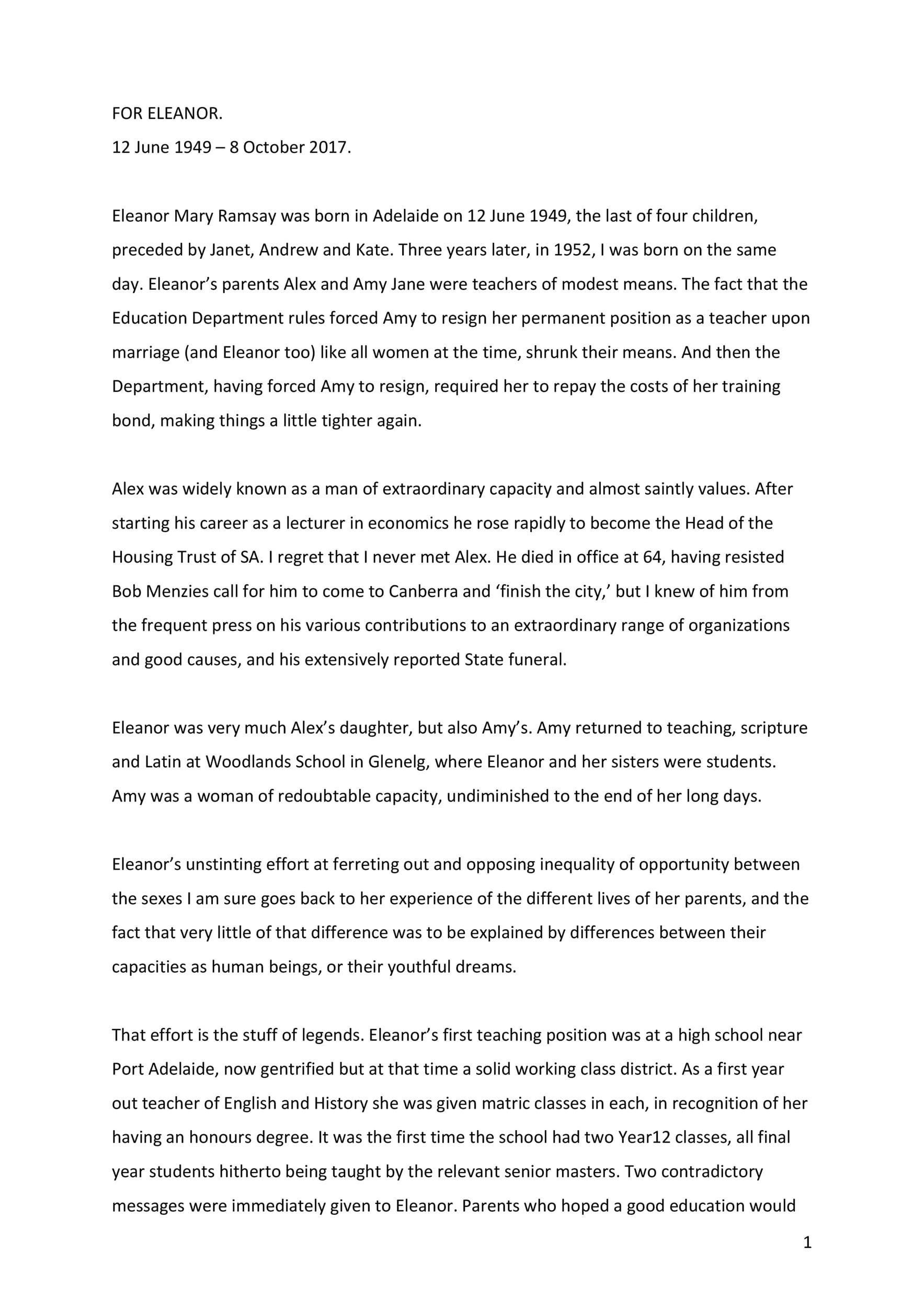Losing someone we love is undeniably painful. Finding the right words to express our grief and celebrate their life can feel overwhelming. A eulogy offers a powerful way to honor the deceased, share cherished memories, and provide comfort to those who mourn. This comprehensive guide provides 50+ inspiring eulogy examples and practical advice to help you craft a heartfelt tribute for any type of loss and relationship. Get into the holiday spirit with an editable elf on the shelf letter that you can customize for a personalized touch.
Crafting a Heartfelt Eulogy: Examples and Inspiration
Giving a eulogy is a profound act of remembrance. It’s an opportunity to paint a portrait of a life lived, sharing stories and emotions that resonate with those gathered to mourn. This guide provides diverse examples and practical tips to help you create a meaningful tribute.
Types of Eulogies: Finding the Right Approach
Eulogies can take many forms, each reflecting the unique relationship between the speaker and the deceased. Consider these different approaches:
By Relationship:
- Parent: Expressing gratitude for their love, guidance, and the profound impact they had on your life.
- Sibling: Celebrating a shared history, inside jokes, and the unbreakable bond of siblinghood.
- Friend: Honoring the laughter, shared experiences, and the joy they brought into your life.
- Spouse/Partner: A deeply personal tribute to a lifelong love, filled with cherished memories and expressions of enduring devotion.
- Child: Remembering a precious life, however short, focusing on the love, innocence, and potential that was lost.
- Colleague: Acknowledging their professional achievements, work ethic, and impact on the team.
By Tone:
- Formal: A traditional approach highlighting accomplishments and offering condolences.
- Informal: A more personal and relaxed style, sharing anecdotes and celebrating their unique personality.
- Religious: Incorporating prayers, readings, and spiritual reflections that honor their faith.
- Humorous: Using appropriate humor to celebrate their wit and bring a touch of lightness to a difficult time.
Structuring Your Eulogy: A Guiding Framework
While every eulogy is unique, a common structure can help organize your thoughts:
- Introduction: Introduce yourself and your relationship to the deceased. Set the tone and purpose of your eulogy.
- Sharing the Story: The heart of the eulogy. Share anecdotes, memories, and details that capture their essence. Highlight their personality, passions, and impact on others.
- Conclusion: Summarize their life and legacy. Offer words of comfort and close with a quote, poem, or expression of love.
Tips for Writing a Meaningful Tribute
- Brainstorm: Jot down memories, big and small. Don’t censor yourself; just let the memories flow.
- Organize: Arrange your thoughts chronologically or thematically.
- Tone: Choose a tone appropriate for your relationship and the occasion.
- Personal Touches: Incorporate meaningful elements like quotes, poems, or song lyrics.
- Practice: Read your eulogy aloud to smooth out phrasing and manage emotions.
What Makes a Eulogy “Good”?
A good eulogy isn’t about perfection, but connection. It’s a genuine expression of love and remembrance that resonates with the audience. It acknowledges both the joy and the sorrow, celebrating a life while mourning a loss. It’s thoughtful and intentional, considering the audience and the legacy being honored. It can be short and simple or long and complex, evoking laughter or tears. The key is authenticity and the genuine connection between the speaker, the deceased, and those gathered to remember.
Here’s a table summarizing various approaches:
| Type of Eulogy | Focus | Potential Challenges | Tips |
|---|---|---|---|
| Parent | Love, guidance, influence | Managing strong emotions | Weave in specific memories and lessons learned |
| Spouse/Partner | Shared life, deep love | Balancing grief with celebration | Share intimate moments and inside jokes |
| Friend | Special bond, shared experiences | Balancing personal anecdotes with broader reflections | Focus on qualities that made the friendship unique |
| Child | Unconditional love, lost potential | Coping with immense grief | Focus on positive impact, however brief |
| Colleague | Professional contributions, workplace presence | Maintaining professionalism while expressing emotion | Share anecdotes highlighting work ethic and personality |
There’s no single right way to write a eulogy. Some suggest outlining key memories and themes, while others recommend freewriting. Current research suggests that sharing stories about loved ones can be a powerful part of the grieving process. This is an area of ongoing study, as we learn more about the complex interplay between grief, memory, and storytelling.
Crafting Compelling Opening Lines
The opening lines of a eulogy set the emotional tone for the entire tribute. They draw the audience in, creating a shared space for remembrance. Consider these approaches:
- Spotlight on the Deceased: Mention their name and your relationship immediately. Highlight a unique trait to bring their personality to life.
- Memory Snapshot: Share a brief, evocative anecdote that offers a glimpse into their character.
- Echo Their Voice: Use a favorite saying, quote, or piece of advice to connect with their essence.
- Paint a Picture: Describe a favorite place, scene, or dream to evoke emotion and create a shared sense of time and place.
- Touch of Humor (If Appropriate): A respectful, well-placed touch of humor can break the tension and celebrate their wit.
Remember, authenticity is key. Grief and remembrance are complex, and there’s no one-size-fits-all approach. Sensitivity and a genuine desire to honor the deceased should guide your words.
Starting Your Eulogy: Practical Steps
Beginning a eulogy can feel daunting. Start by acknowledging the shared grief and expressing gratitude for the support of those present. Introduce yourself and your relationship to the deceased to establish context. Briefly state the purpose of your eulogy – to celebrate their life, offer comfort, or honor their legacy.
Here are some possible opening lines:
- “We’re gathered here today with heavy hearts…”
- “I’m so thankful for everyone who’s come to honor…”
- “I’m [Your Name], [Name]’s [relationship], and it’s an honor…”
- “I hope to offer some comfort today as we remember…”
These examples illustrate appropriate tone and sentiment. Speak from the heart and let your genuine emotions guide you. Some experts suggest writing the entire eulogy in advance, while others recommend a more spontaneous approach. There’s ongoing research into the effectiveness of different grieving processes. Remember, it’s okay to pause, take a deep breath, or even shed a tear. Vulnerability can make your words even more powerful.
This comprehensive guide provides a starting point. For further inspiration and resources, explore websites like Ever Loved (https://everloved.com/…), which offers a vast collection of eulogy examples, or other helpful sites like Funeral Inspirations, MemoryCherish, Eulogy Generator, The Speaker Lab, Love Lives On, SunLife, Grammarly, and Legacy.com. Remember, the most important aspect of a eulogy is to honor the life lived and offer comfort to those who mourn.
- Discover Northern Pakistan’s Hidden Gems: Your Ultimate Guide - March 27, 2025
- Explore Eastern Canada: Unforgettable Adventures Await - March 27, 2025
- Unlock New St. John’s Potential: Education & Faith - March 27, 2025

















1 thought on “50+ Inspiring Eulogy Examples: A Comprehensive Guide for Every Type of Loss & Relationship”
Comments are closed.